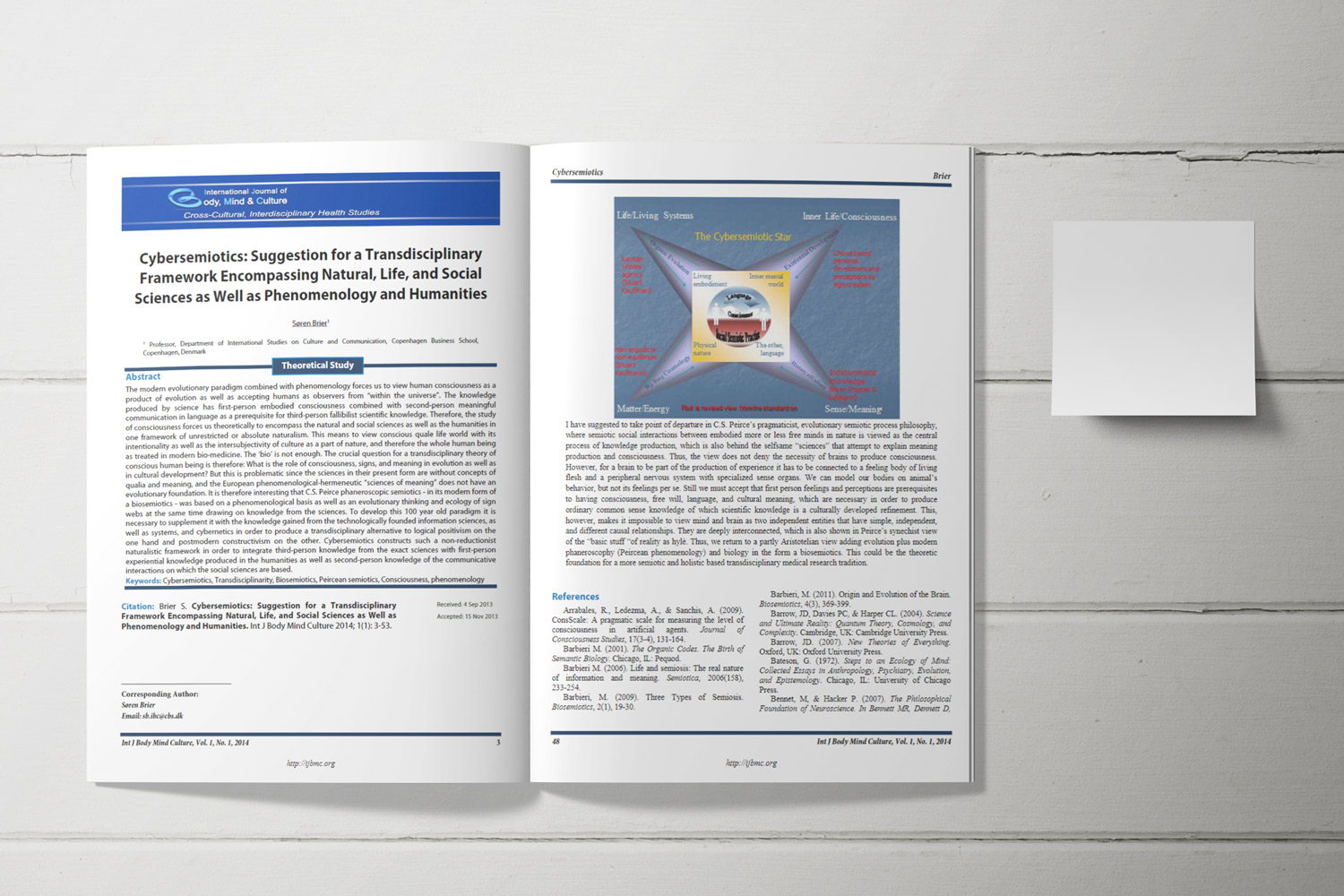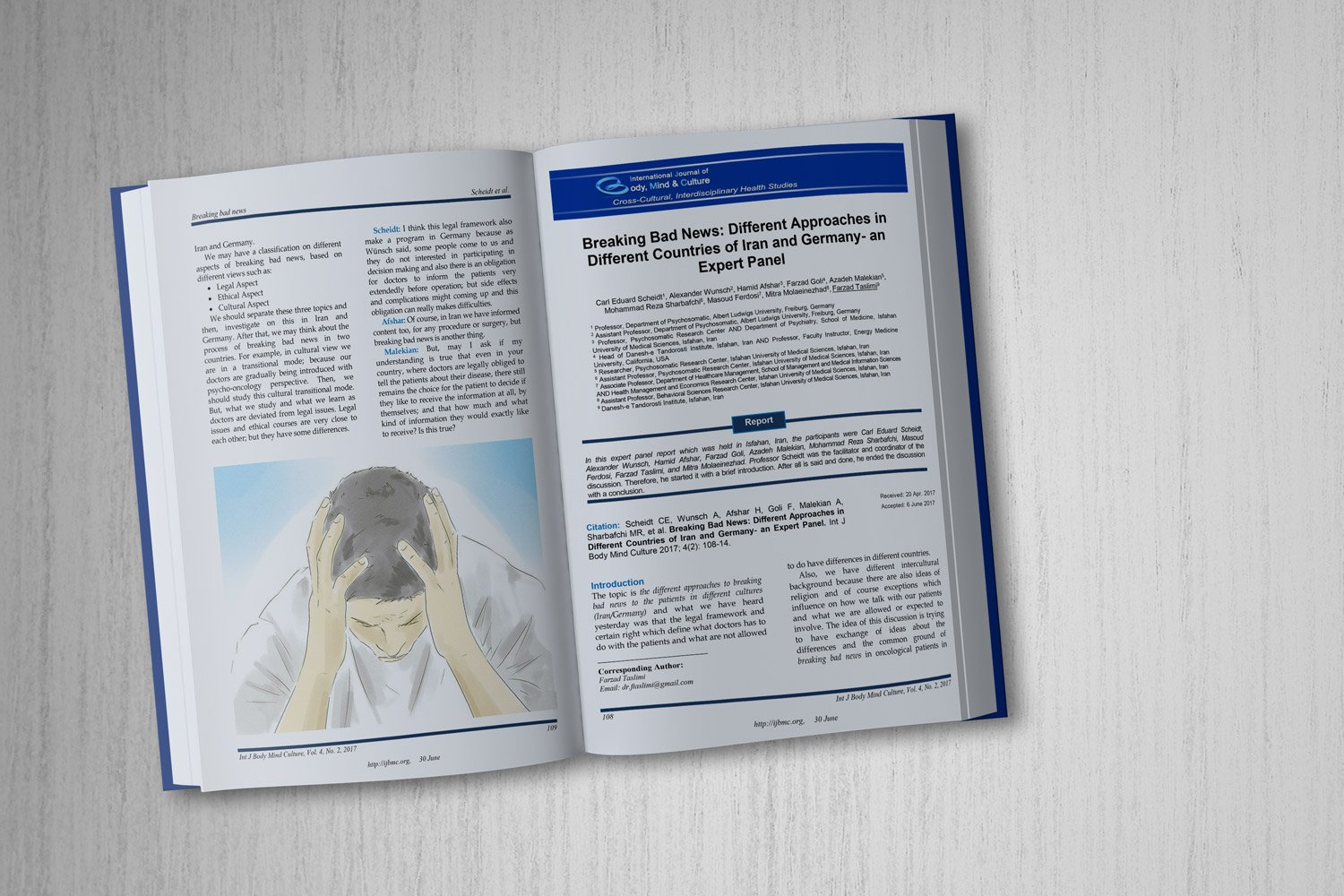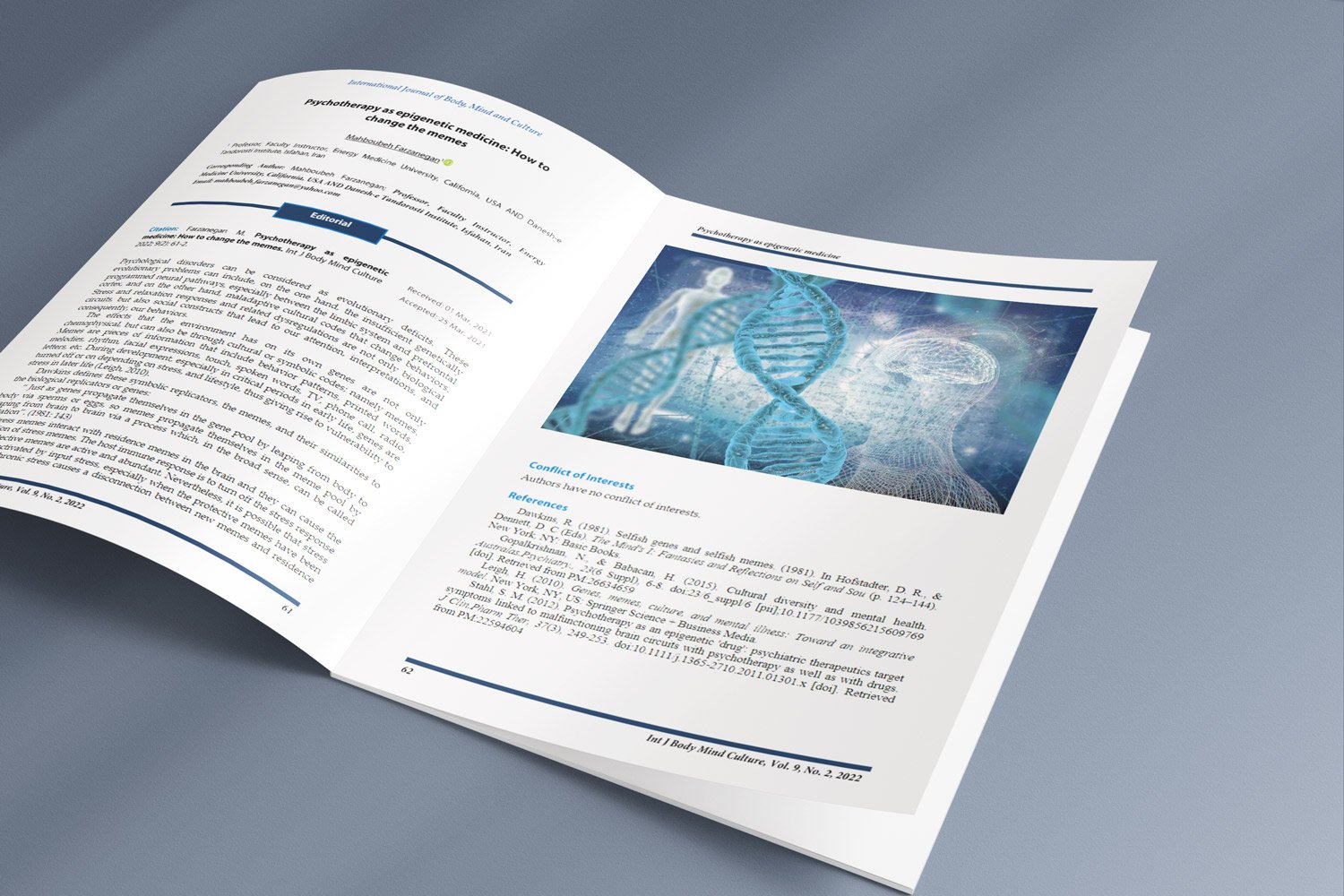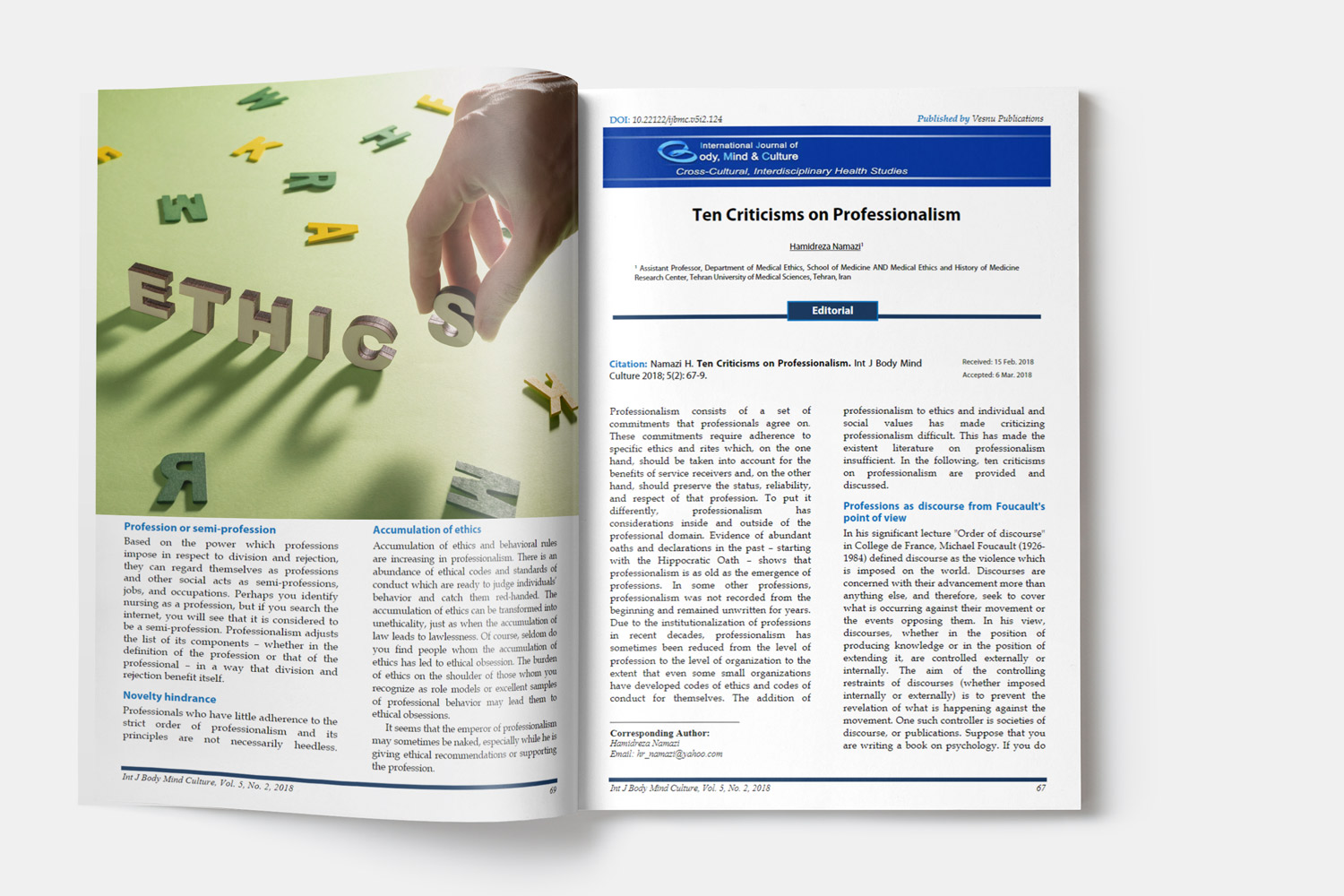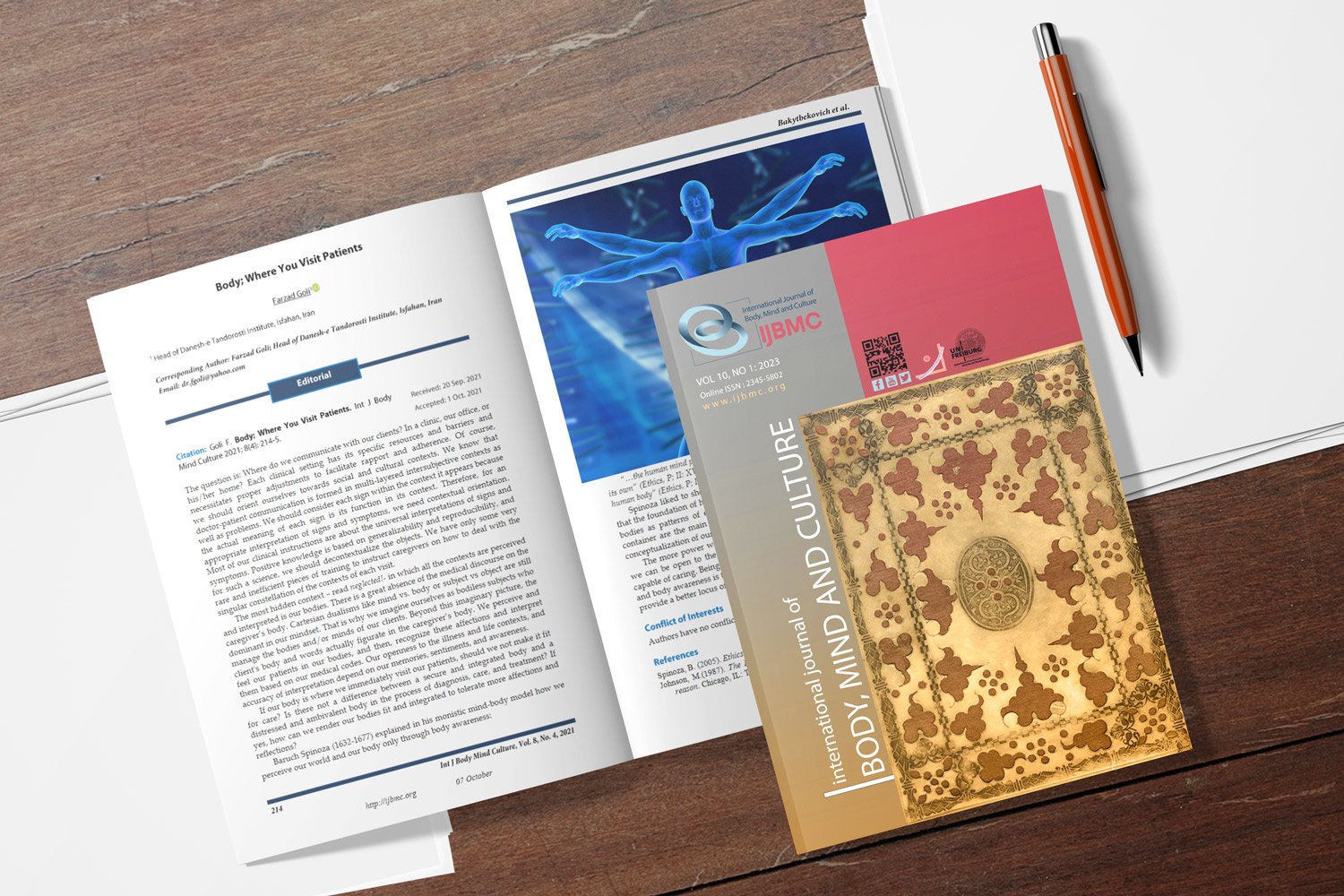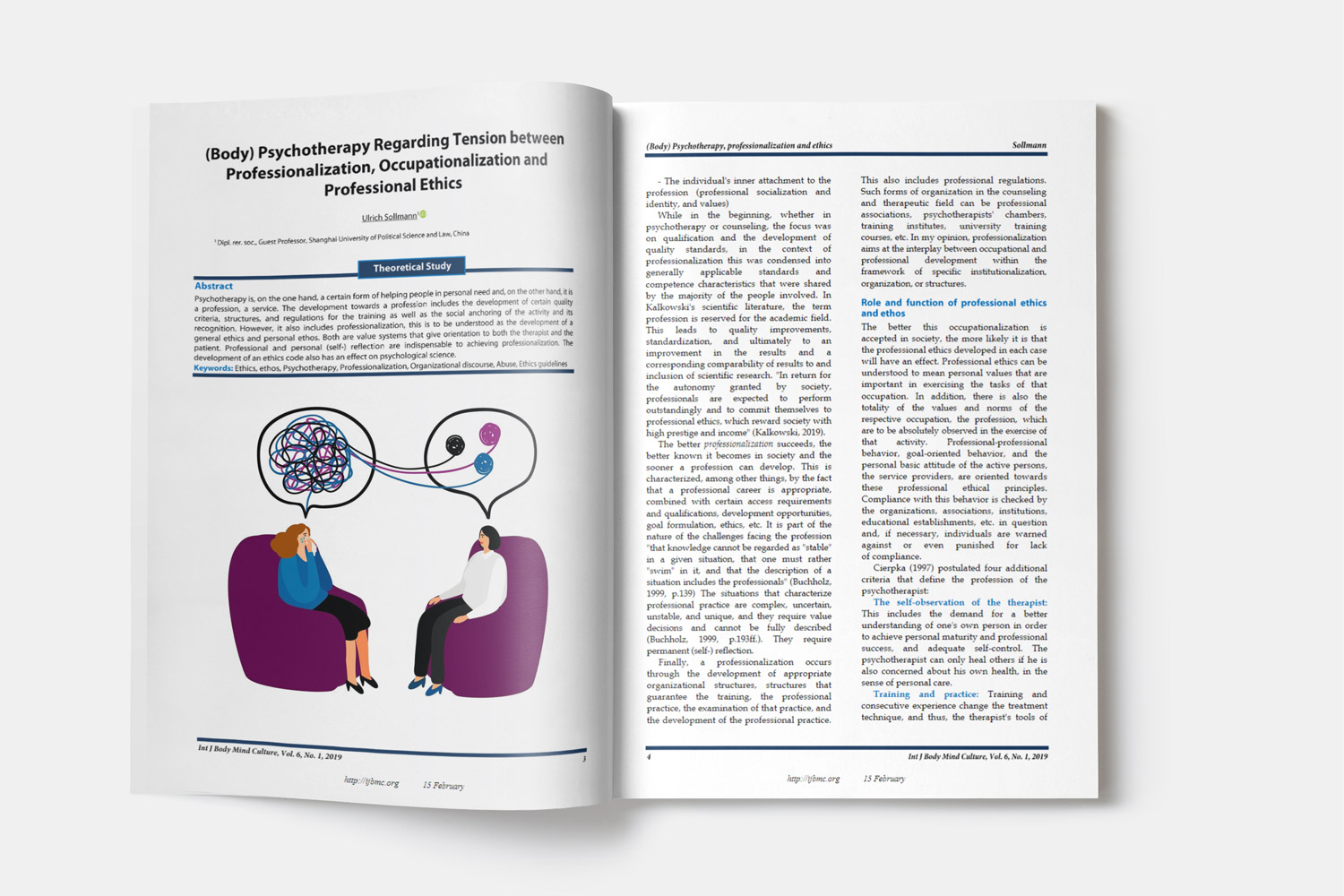The Effects of Deceptive Intensities During Wingate Testing on the Anaerobic Performance and Fatigue Index of Male Cross-Country Cyclists
Downloads
Objective: This study investigated the impact of deceptive intensities during Wingate tests on anaerobic performance and fatigue in elite male cross-country cyclists.
Methods: Twenty participants were divided into deception and control groups. Both groups completed three Wingate tests, with the deception group experiencing manipulated resistances (-10% and +10% from standard) in the second and third sessions. Peak power (PP), average power (AP), minimum power (MP), and fatigue index (FI) were measured.
Results: The deception group demonstrated significant PP improvements during both manipulated conditions (p<0.001), with increases of 19.3% and 14.9% for -10% and +10% loads, respectively. Average power also increased significantly (p<0.014). Minimum power improved significantly only during the -10% load (p=0.001). Fatigue index remained unchanged across all sessions (p>0.05). The control group showed no significant changes.
Conclusion: Results indicate that deceptive loading can enhance anaerobic performance in elite cyclists without increasing fatigue. This suggests perceived effort significantly influences maximal performance, and deceptive interventions may unlock greater athletic potential.
Downloads
Ansdell, P., Thomas, K., Howatson, G., Amann, M., & Goodall, S. (2018). Deception improves TT performance in well-trained cyclists without augmented fatigue. Medicine and science in sports and exercise, 50(4), 809. https://doi.org/10.1249/mss.0000000000001483
Arriel, R. A., Graudo, J. A., Oliveira, J. L. D. d., Ribeiro, G. G. S., Meireles, A., & Marocolo, M. (2020). The relative peak power output of amateur mountain bikers is inversely correlated with body fat but not with fat-free mass. Motriz: Revista de Educação Física, 26(3), e10200034. https://doi.org/10.1590/S1980-6574202000030034
Bar-Or, O. (1987). The Wingate anaerobic test an update on methodology, reliability and validity. Sports medicine, 4, 381-394. https://link.springer.com/article/10.2165/00007256-198704060-00001
Castañeda-Babarro, A. (2021). The wingate anaerobic test, a narrative review of the protocol variables that affect the results obtained. Applied Sciences, 11(16), 7417. https://doi.org/10.3390/app11167417
de Poli, R. A. B., Miyagi, W. E., & Zagatto, A. M. (2021). Anaerobic capacity is associated with metabolic contribution and mechanical output measured during the wingate test. Journal of human kinetics, 79(1), 65-75. doi: 10.2478/hukin-2021-0063
Dotan, R., & Bar-Or, O. (1983). Load optimization for the Wingate anaerobic test. European journal of applied physiology and occupational physiology, 51(3), 409-417. https://link.springer.com/article/10.1007/BF00429077
Ezdini, E. S., Rahmani, A., Esmaeilniya, M., Gholizadeh, E., Dergaa, I., & Lebaron, T. W. (2023). The Impact of Aerobic Exercise on Athletic Performance in Recovered and Uninfected COVID-19 Athletes during Post-COVID-19 Period. International Journal of Sport Studies for Health, 6(2). https://doi.org/10.61838/kman.intjssh.6.2.3
Granier, C., Abbiss, C. R., Aubry, A., Vauchez, Y., Dorel, S., Hausswirth, C., & Le Meur, Y. (2018). Power output and pacing during international cross-country mountain bike cycling. International journal of sports physiology and performance, 13(9), 1243-1249. https://doi.org/10.1123/ijspp.2017-0516
Hays, A., Devys, S., Bertin, D., Marquet, L.-a., & Brisswalter, J. (2018). Understanding the physiological requirements of the mountain bike cross-country Olympic race format. Frontiers in physiology, 9, 1062. https://doi.org/10.3389/fphys.2018.01062
Hebisz, R. (2019). Effects of concomitant high-intensity interval tra. https://doi.org/ 10.3233/IES-183170
Hoffmann, N., Strahler, J., & Schmidt, B. (2024). Starting in your mental pole position: hypnosis helps elite downhill Mountainbike athletes to reach their optimal racing mindset. Frontiers in psychology, 15, 1334288. https://doi.org/10.3389/fpsyg.2024.1334288
Inoue, A., Sá Filho, A. S., Mello, F. C., & Santos, T. M. (2012). Relationship between anaerobic cycling tests and mountain bike cross-country performance. The Journal of Strength & Conditioning Research, 26(6), 1589-1593. https://doi.org/ 10.1519/JSC.0b013e318234eb89
Jones, H. S., Williams, E. L., Bridge, C. A., Marchant, D., Midgley, A. W., Micklewright, D., & Mc Naughton, L. R. (2013). Physiological and psychological effects of deception on pacing strategy and performance: a review. Sports medicine, 43, 1243-1257. https://doi.org/10.1007/s40279-013-0094-1
Jones, H. S., Williams, E. L., Marchant, D. C., Sparks, S. A., Bridge, C. A., Midgley, A. W., & Mc Naughton, L. R. (2016). Deception has no acute or residual effect on cycling time trial performance but negatively effects perceptual responses. Journal of Science and Medicine in Sport, 19(9), 771-776. https://doi.org/10.1016/j.jsams.2015.12.006
Micklewright, D., Papadopoulou, E., Swart, J., & Noakes, T. (2010). Previous experience influences pacing during 20 km time trial cycling. British journal of sports medicine, 44(13), 952-960. https://doi.org/10.1136/bjsm.2009.057315
Novak, A. R., & Dascombe, B. J. (2014). Physiological and performance characteristics of road, mountain bike and BMX cyclists. Journal of Science and Cycling, 3(3), 9-16. https://www.jsc-journal.com/index.php/JSC/article/view/104/236
Pereira Saborosa, G., Neves Zuri, K., Junqueira Carneiro, T., Pereira Melo, B., Pussieldi, G. d. A., Manoel, F. d. A., & Fernandes da Silva, S. (2024). Determinants of physical performance and physiological responses during an Official cross-country marathon of mountain-biking (Xcm-Mtb). MHSalud, 21(1), 50-66. https://doi.org/10.15359/mhs.21-1.16622
Saborosa, G. P., Zuri, K. N., Carneiro, T. J., Melo, B. P., de Azambuja Pussieldi, G., de Assis Manoel, F., & da Silva, S. F. (2024). Determinants of Physical Performance and Physiological Responses During an Official Cross-Country Marathon of Mountain-Biking (Xcm-Mtb). MHSalud, 21(1), 50-66. https://doi.org/10.15359/mhs.21-1.16622
Shei, R.-J., Thompson, K., Chapman, R., Raglin, J., & Mickleborough, T. (2016). Using deception to establish a reproducible improvement in 4-km cycling time trial performance. International Journal of Sports Medicine, 37(05), 341-346. https://doi.org/ 10.1055/s-0035-1565139
Stone, M., Thomas, K., Wilkinson, M., Jones, A., St Clair Gibson, A., & Thompson, K. (2012). Effects of deception on exercise performance: implications for determinants of fatigue in humans. Medicine & Science in Sports & Exercise, 44(3), 534-541. https://doi.org/ 10.1249/MSS.0b013e318232cf77
Stone, M. R., Thomas, K., Wilkinson, M., Stevenson, E., St. Clair Gibson, A., Jones, A. M., & Thompson, K. G. (2017). Exploring the performance reserve: Effect of different magnitudes of power output deception on 4,000 m cycling time-trial performance. PloS one, 12(3), e0173120. https://doi.org/10.1371/journal.pone.0173120
Taylor, D., & Smith, M. F. (2014). Effects of deceptive running speed on physiology, perceptual responses, and performance during sprint-distance triathlon. Physiology & behavior, 133, 45-52. https://doi.org/10.1016/j.physbeh.2014.05.002
Williams, E. L., Jones, H. S., Sparks, S. A., Marchant, D. C., Midgley, A. W., & Mc Naughton, L. R. (2015). Competitor presence reduces internal attentional focus and improves 16.1 km cycling time trial performance. Journal of Science and Medicine in Sport, 18(4), 486-491. https://doi.org/10.1016/j.jsams.2014.07.003
Copyright (c) 2025 International Journal of Body, Mind and Culture

This work is licensed under a Creative Commons Attribution-NonCommercial 4.0 International License.










